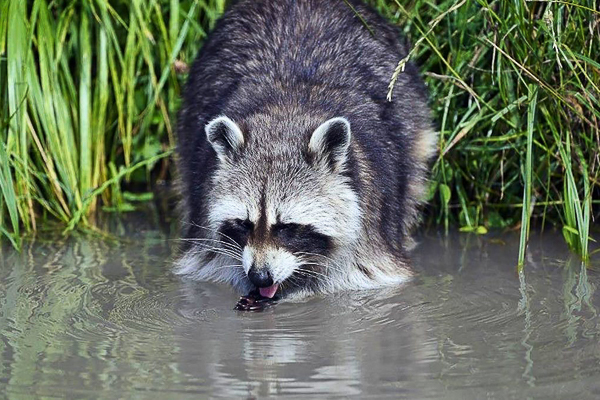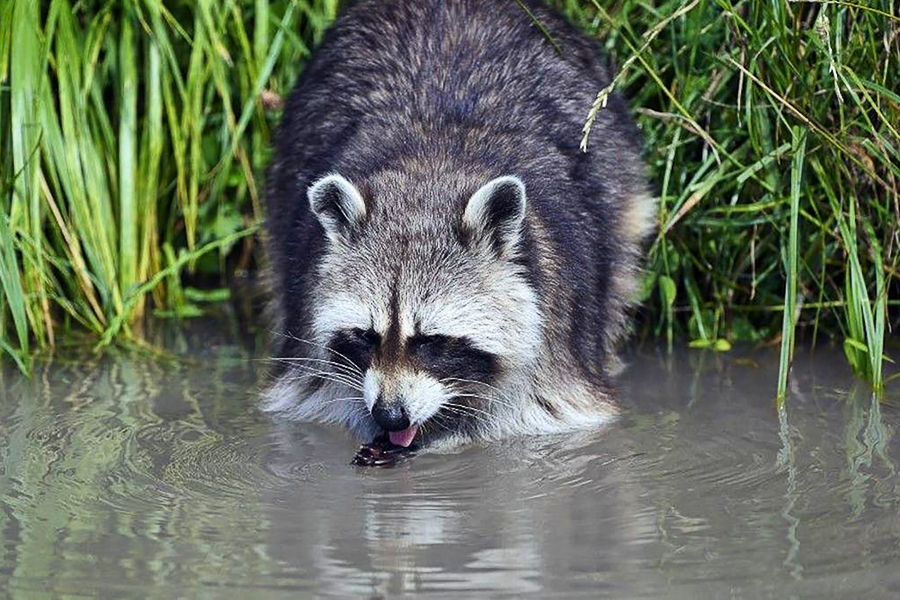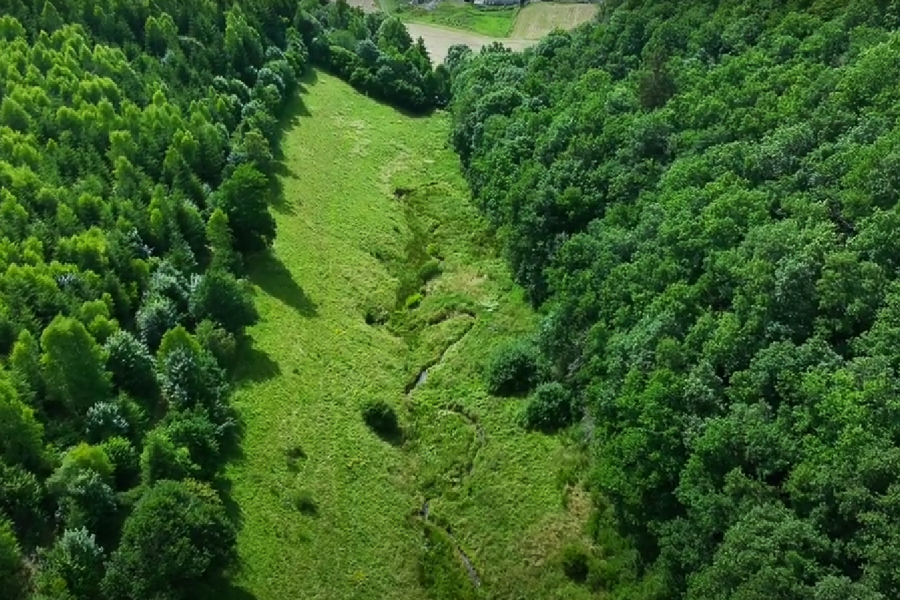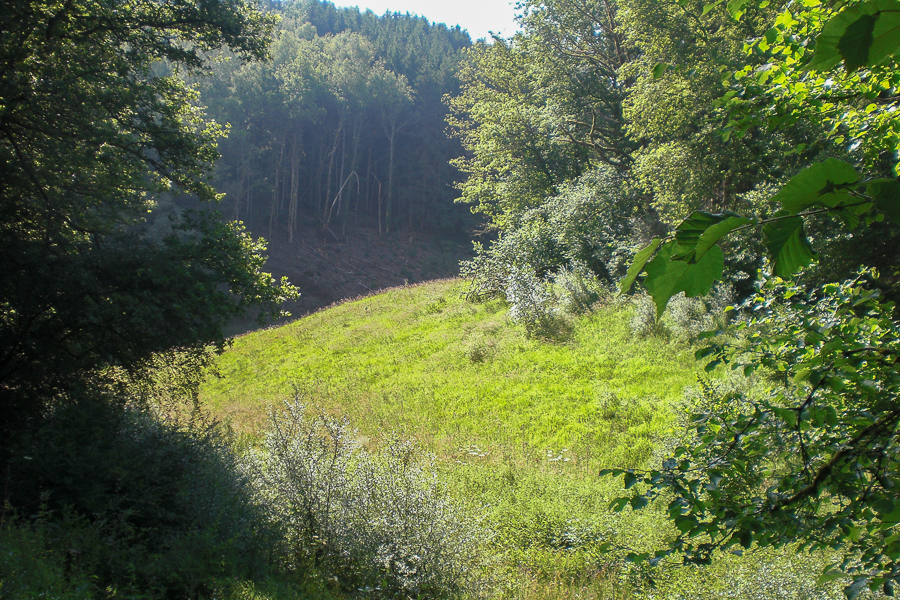 Credit: natur&emwelt
Credit: natur&emwelt
Luxembourg has what is known as a Temperate Climate in which winters are generally mild and summers comparatively cool, with rainfall that can be high; its flora and fauna have thrived in and adapted to this climate over the centuries and millennia, with ongoing challenges due to pollution and recent climate change, as well as the introduction of non-native species, resulting in disruptions to the norm.
Nevertheless, with various initiatives and organisations helping the ecosystem and habitat, including sustainability and re-wilding, there is a lot happening in nature across the Grand Duchy.
Chronicle.lu has teamed up with natur&emwelt (the non-profit organisation (naturemwelt), the foundation (Hëllef fir d'Natur) and the Wildlife Care Centre (Flegeestatioun)) for a series of articles on Luxembourg's fauna in which we look at various mammals, birds, insects, amphibians and aquatic animals, as well as touching on vanishing species returning to Luxembourg, focussing on their lifestyle and habitat, including when and where to observe them.
No. 24 in this series focuses on the Raccoon.
The raccoon (Procyon lotor), a nocturnal and highly adaptable mammal, has found refuge in the Froumicht Nature Reserve, a valley with wetlands, meadows and ecological corridors along a small tributary of the Sûre.
Raccoons are medium-sized mammals measuring 40–70 cm in body length, with a tail of 20–40 cm. They weigh between 5 and 15 kg. Their thick greyish-brown fur, masked face and distinctive black “bandit” markings make them instantly recognisable. Highly dexterous front paws allow them to manipulate food and objects. Despite their bushy tail, their body is muscular and agile, enabling them to climb trees, swim and explore both wetlands and forest edges efficiently.
Lifestyle
Raccoons are omnivorous, opportunistic feeders, eating fruits, insects, small vertebrates and aquatic prey. They are mostly nocturnal but may be active at dusk or dawn. They live in loose family groups, often composed of females with young, while males roam widely. Dens are established in hollow trees, burrows, or even abandoned human structures. In the Froumicht Reserve, raccoons benefit from abundant food in wet meadows and forested riparian zones. They play an important ecological role by controlling insect populations, dispersing seeds and helping maintain a balanced wetland ecosystem.
Habitat
The Froumicht Nature Reserve, west of Bigonville, covers a 3 km tributary of the Sûre, formed by two small streams. Wet meadows, partly left fallow, provide feeding grounds, while the narrow alluvial zone serves as an ecological corridor. Extensive summer grazing by horses and cattle maintains open habitats. The reserve also contains rocky sites like Millefiels, forest edges and protected meadows, offering shelter and foraging opportunities for raccoons and other wildlife.
Where and When to See Them?
Raccoons are primarily nocturnal, so sightings are rare during the day. Observers may notice tracks, feeding marks, or scat along wet meadows and stream banks. Early morning or dusk walks along the Froumicht tributary or near the Hockschlaed viewpoint increase chances of observing indirect signs of raccoon activity. Forest edges, hedgerows and abandoned dens near streams offer further opportunities for study without disturbing the animals.
Observation Tips
To monitor raccoons responsibly, use binoculars or a camera trap. Walk quietly along the reserve paths, avoid entering fenced areas and respect seasonal closures. Observing tracks, paw prints, or feeding traces can be as informative as direct sightings and ensures the preservation of the species’ natural behaviour.












